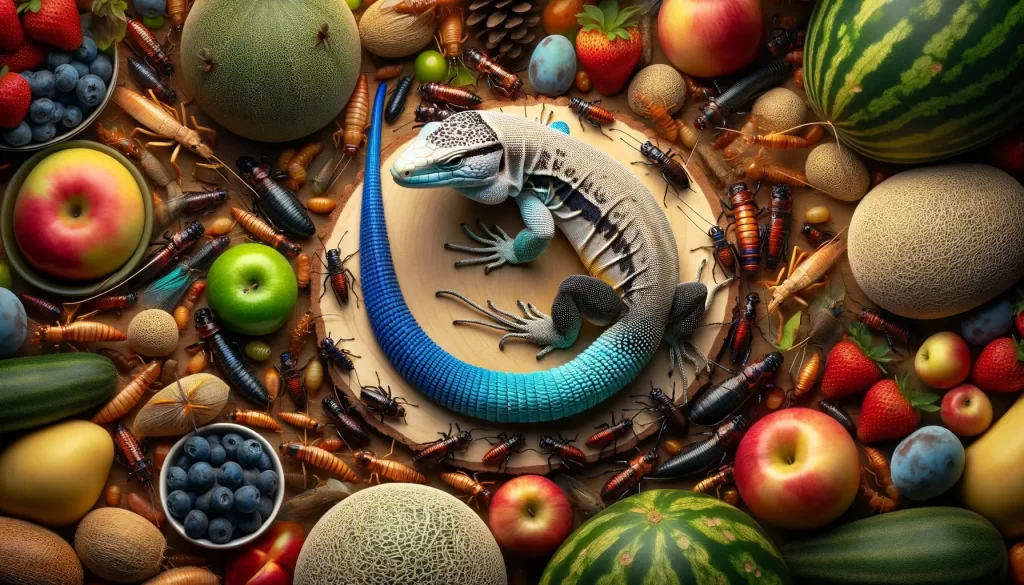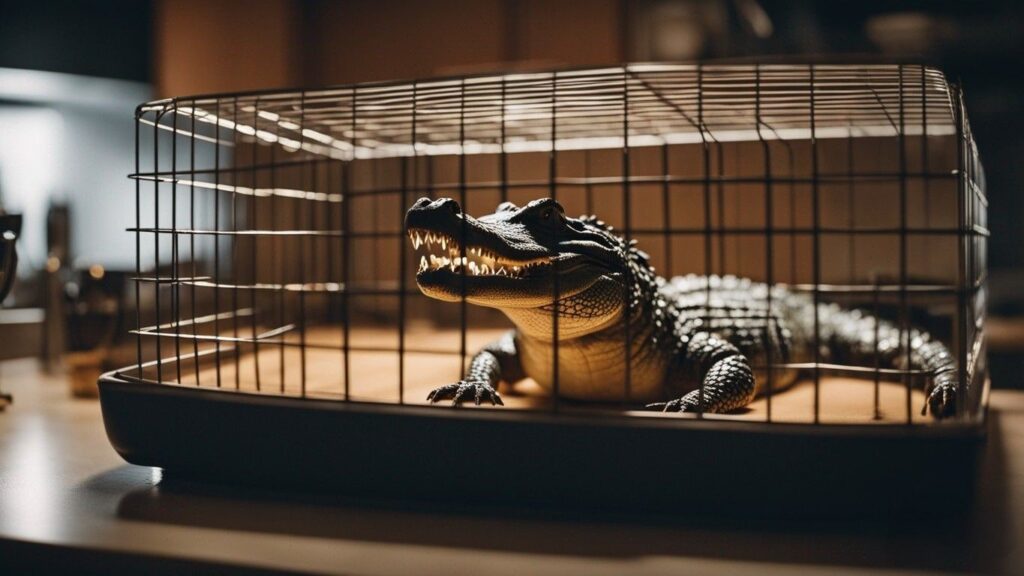
So you’ve encountered a blue tail lizard and you’re curious to know what they eat. Well, you’ve come to the right place!
In this article, we’ll explore the dietary preferences of the elusive blue tail lizard. From their insectivorous tendencies to their occasional herbivorous indulgences, we’ll uncover the wide range of food choices that keep these enchanting creatures satiated.
Get ready to explore the culinary world of blue tail lizards and discover their favorite treats!
Habitat and Behavior
Natural Habitat
Blue tail lizards, also known as blue-tailed skinks, are found in various habitats across North America. These reptiles thrive in diverse environments, ranging from forests and grasslands to deserts and rocky areas. They prefer habitats with plenty of vegetation and hiding spots, such as crevices, rocks, and fallen logs.
Behavioral Characteristics
Blue tail lizards are diurnal creatures, meaning they are most active during the day. They are known for their nimble and agile movements, often seen darting between rocks and branches. These lizards are typically solitary, preferring to forage and hunt alone. However, during breeding season, males may engage in territorial displays to attract a mate.
Activity Pattern
Blue tail lizards are active and alert during the warm daylight hours. They spend their time basking in the sun to regulate their body temperature, while also seeking shade to avoid overheating. These reptiles are known for their quick reflexes and ability to escape from predators by utilizing their agility and camouflage.
Diet and Feeding Habits
General Diet
Blue tail lizards are omnivorous, meaning they consume a combination of plant matter and small creatures. Their adaptable nature allows them to adjust their diet based on the availability of food sources in their habitat. This dietary flexibility is one of the reasons why blue tail lizards are successful in diverse environments.
Typical Prey
When it comes to hunting for prey, blue tail lizards have a wide range of options. They primarily feed on small invertebrates, including insects, spiders, worms, and snails. These nimble hunters use their exceptional eyesight to locate their prey, and with a quick strike, they catch their targets with their sharp teeth.
Preferred Food Sources
While blue tail lizards hunt for various invertebrates, their dietary preference leans towards insects. Beetles, grasshoppers, crickets, and ants are among the favorite insects on their menu. The abundance of these creatures in their natural habitat ensures a steady supply of food for the blue tail lizards.
Feeding Techniques
Blue tail lizards use their agility and speed to capture their prey. Their hunting techniques involve stalking and chasing their targets. When close enough, they strike their prey with precision, using their sharp teeth to secure a meal. After capturing their prey, blue tail lizards will typically consume it whole, taking advantage of their flexible jaws to accommodate larger bites.
Impact of Diet on Health
Nutritional Requirements
To maintain optimal health, blue tail lizards require a balanced diet that provides essential nutrients. They need a sufficient intake of proteins, vitamins, and minerals from both animal and plant sources. Adequate calcium intake is particularly important for strong bones and proper muscle function.
Potential Health Issues
A diet lacking in essential nutrients can negatively impact the health of blue tail lizards. Insufficient calcium intake may lead to metabolic bone disease, causing weakened bones and skeletal deformities. Malnutrition and deficiencies in vitamins and minerals can weaken their immune system, making them more susceptible to infections and other health complications.
Predators
Natural Predators
Blue tail lizards have a variety of natural predators in their ecosystem. Some of the common predators include birds of prey such as hawks and owls, small mammals like raccoons and foxes, and larger reptiles such as snakes and monitor lizards. These predators rely on their speed, agility, and acute senses to ambush and capture blue tail lizards.
Predator-Deterrent Adaptations
To increase their chances of survival, blue tail lizards have developed certain adaptations as defense mechanisms against predators. One notable adaptation is their ability to detach their tail when threatened. The detached tail wiggles and distracts the predator, allowing the lizard to escape. Over time, a new tail grows to replace the lost one. Additionally, their ability to camouflage with their surroundings helps them blend in and avoid detection.

Conservation and Threats
Threats to Blue Tail Lizards
Blue tail lizards face both natural and human-induced threats to their survival. Loss of habitat due to urban development and deforestation disrupts their natural habitats and limits their access to food and shelter. Pollution and the use of pesticides can also have detrimental effects on their health and reproductive abilities. Furthermore, the introduction of non-native predators can disrupt the delicate balance of their ecosystems.
Conservation Efforts
Conservation efforts focused on protecting blue tail lizards include habitat conservation and restoration projects. These initiatives aim to preserve the diverse habitats that these lizards rely on, thereby ensuring the availability of suitable food sources and hiding spots. Public awareness campaigns also play a crucial role in educating the public about the importance of these unique reptiles and the role they play in the ecosystem. Cooperation between government organizations, conservation groups, and the general public is essential in securing a future for blue tail lizards and their habitats.
Final Thoughts
In conclusion, blue tail lizards have a versatile diet that encompasses both plant matter and small creatures.
Their adaptability, natural behavior, and ability to camouflage provide them with the necessary tools to survive in diverse environments.
However, the conservation of their habitats and protection from natural predators and human-induced threats are crucial to their long-term survival.
By understanding their diet, feeding habits, and the impact of nutrition on their health, we can contribute to the conservation of these fascinating and important reptiles.



